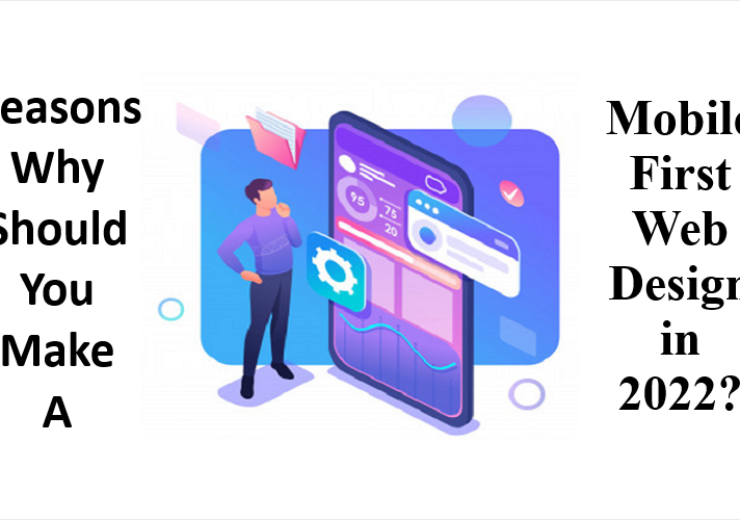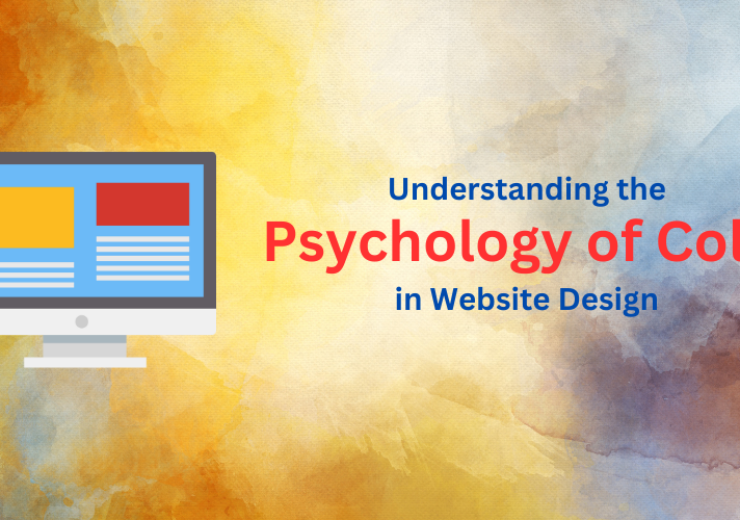How Do Certain Web Design Mistakes Affect SEO?

SEO is critical for promoting and growing your brand. This is because only the top-ranking sites on search engines receive the most clicks.
Search engine optimization (SEO) involves more than just researching keywords and improving backlinks. Regarding SEO, you must evaluate all aspects affecting your rankings, including web design in Philadelphia.
There is only one chance to impress your visitors. According to web design studies, a user decides on your site in roughly 50 milliseconds (0.05 seconds).
You must design your site such that users form an impression of it in less than a minute and return to it repeatedly. However, SEO is no easy task; even experts can make mistakes. While designing your website, you should know the most common mistakes and how they can affect your SEO. This article will discuss the 10 common Web Design Mistakes that Affect SEO.
10 Common Web Design Mistakes that Affect SEO:
——————————————–
1. Unclear or absent CTA
One of the most common web design mistakes a marketer can make is failing to consider a clear and engaging call-to-action (CTA) button. One of the most common web design mistakes a marketer can make is that the call to action should be loud and clear, with clear instructions that direct the audience. A CTA button such as “Click Here” cannot be ambiguous. Instead, it should signal a desirable action for the audience, such as “Get Your Copy Now.”
2. Poor website design or layout
Having a well-designed website layout can be your ultimate key to SEO success. Carefully planning and strategizing your layout can benefit your company and website. A well-functioning, well-designed web design company in is one of the essential things that can encourage your website users to become customers. Organize your material and plan your layout. These can eventually persuade users to fulfill a conversion goal. Whether signing up for a subscription, adding a product to their cart, reserving a service, enquiring, or purchasing an item from your store.
A poorly designed layout frequently leads to consumers becoming stuck in a loop where they cannot make sense of your material. And this can only indicate one thing: they’re not coming back.
3. Confusing navigation
Many web designers have an odd tendency to include links that say one thing but do something another. This process of hidden navigation can be rather unpleasant for the viewer, who is likely clicking on a link to buy a book on your website but is taken to a whole different page that discusses other goods. This is a web design blunder that must be avoided.
4. Not keeping your website up to date.
It is vital to keep your website up to date because it represents your brand. People visiting your website is the last thing you want. You are not seeing the most recent information about your company or services. Assume a client is interested in learning more about your products and services. They should be able to do so quickly by going to the website. As a result, it’s a great way to avoid SEO mistakes in web design that harm rankings.
In addition, your website should be developed using cutting-edge technologies. As a result, visitors can navigate its pages with ease. This will assist you in gaining the trust of potential customers. Otherwise, they browse an old website that hasn’t been updated in years.
5. Lack of H1s and metadata
Ensure that all of your pages and posts contain a single H1 and SEO-relevant information. Screaming Frog (free download) can crawl your website and inform you which pages are missing these items. We use Yoast to add metadata since we want to include our focus keywords in our page names and descriptions.
Selecting a focus keyword for each website page is critical, and then naturally incorporating that term in the H1, metadata, and throughout the text.
6. Irrelevant images
Images convey strong emotions. They may be more enticing to users than the information on your website. On the other hand, using random images from the internet will not serve your purpose and is one of the worst site designs in Philadelphia. It will also significantly harm your brand’s image.
7. Having slow pages and broken links.
It’s vital to note that while speed is essential in SEO, it also influences your users’ experience. Users want pages to load quickly and don’t want broken links.
If you’re unsure how to check for broken links, Google has an excellent tool to help you detect (and fix) them. Enter your URL and check that everything loads correctly!
8. Poorly designed 404 pages.
A well-designed 404 page can help to engage and keep visitors. This is a crucial SEO web design aspect frequently missed, making it one of the most common mistakes.
9. Making your site code overly complex.
Most developers understand that writing simple, clean code is crucial for various reasons. The more complex your JavaScript and CSS are, the more difficult it is to maintain, debug, and safeguard your site. When creating a new site from the ground up or altering an existing one. Make sure that you are not adding unnecessary complexity.
Check for updates if you have a lot of plugins on your website. If not, consider whether they are still relevant in 2018. Whether or not they add any value? If so, consider replacing them with something more current or lightweight, such as JavaScript frameworks like ReactJS or VueJS, which can replace many of those plugins while being faster and easier to use!
10. Unsecured website
Viewers will avoid browsing websites identified as unsafe by a search engine. An HTTP web page is one example. This concern is valid because hackers may intercept important information via such pages. Avoid making such mistakes while selecting a domain name for your website.
Conclusion
To summarize, website design has become so extensive that mistakes in a technique that harms the branding of your web design company will be unavoidable. Some technological faults impede your website’s speed or responsiveness; as a result, your users are not getting the optimal user experience.
They may be unsatisfied visually due to cluttered designs and poor content readability, and they may derail your marketing campaigns due to weak CTAs and inconsistent brand identification. Many problems, however, have remedies for the curious mind, and most may be avoided with preemptive measures.




